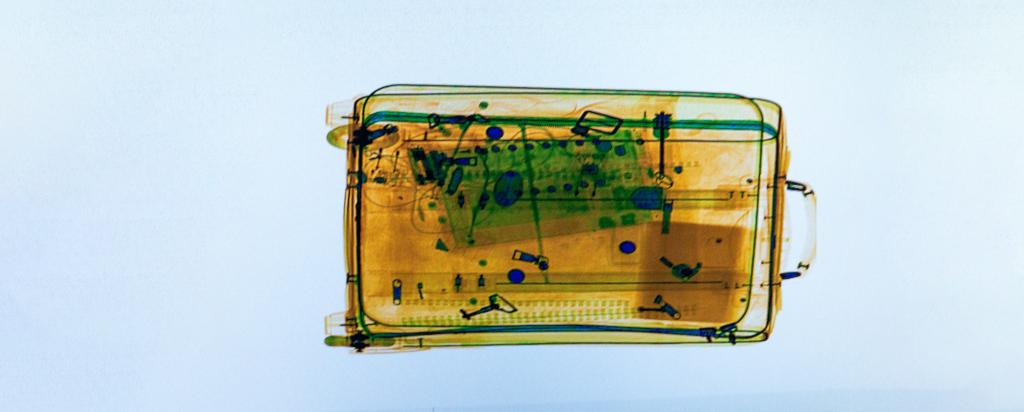

Flexible, printable X-ray detectors
Low-cost X-ray detectors featuring high sensitivity, durability and physical flexibility are required in fields ranging from medical imaging to defence. In this study, a new material for X-ray detection was coupled with inkjet printing to produce a series of prototype X-ray detectors. Using the Soft X-ray Beamline at the Australian Synchrotron, it was demonstrated that the new material offered class leading X-ray detection, offering great promise for future commercial X-ray detector development.
Our research

Researchers from Monash University’s Department of Materials Science and Engineering recently synthesised a new type of X-ray detector based on quantum dots of CsPbBr3, a class of material known as “perovskites” that are currently seeing early application in next generation solar cells.
The key breakthrough from the research group was the synthesis of CsPbBr3 quantum dots from a low temperature liquid solution that could be printed onto a supporting material using a commercial inkjet printer. Both rigid (silicon) and flexible (polymer) substrate designs featuring printed arrays of X-ray detectors were fabricated and bought to the Australian Synchrotron for analysis.
At the Soft X-ray beamline, the researchers were able to investigate the response of the detectors when exposed to X-rays. Compared to a “typical” X-ray source, the beamline offers a wide range of X-ray energies to choose from, and the ability to control the X-ray brightness. Additional measurements probed the transient (time dependant) behaviour of the devices when the X-rays were turned off and on, to gain an understanding of how quickly the devices respond to an incident X-ray beam and the stability of the performance with repeated cycling.
The results showed that the X-ray detection performance of the CsPbBr3 quantum dot-based were comparable with other perovskite-based X-ray detecting materials, but with the added benefit of physical flexibility. Moreover, they displayed over 70 times more sensitivity than devices based on existing semiconductor architectures using amorphous selenium.
The impact
Compared with semiconductor fabrication technologies, solution (liquid) based synthesis of X-ray detector materials at low temperature is both cost effective and highly scalable. Coupled with inkjet printing onto flexible substrates, this research aims to realise new applications of X-ray detection in health, research, defence and more. The Australian Synchrotron was able to play a key role, providing a world leading X-ray source for characterisation of the devices.